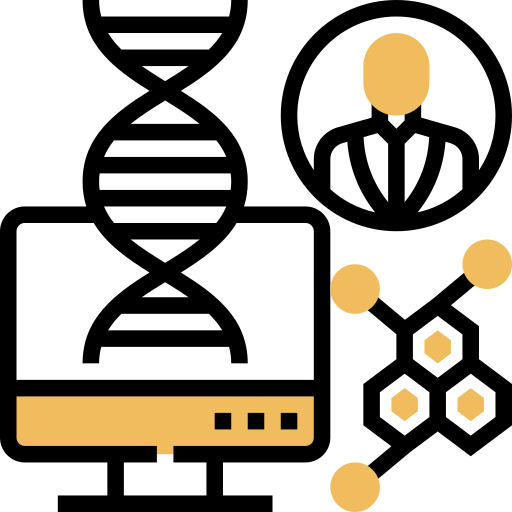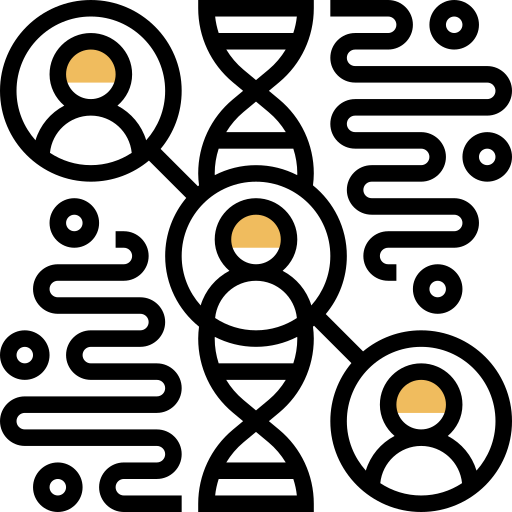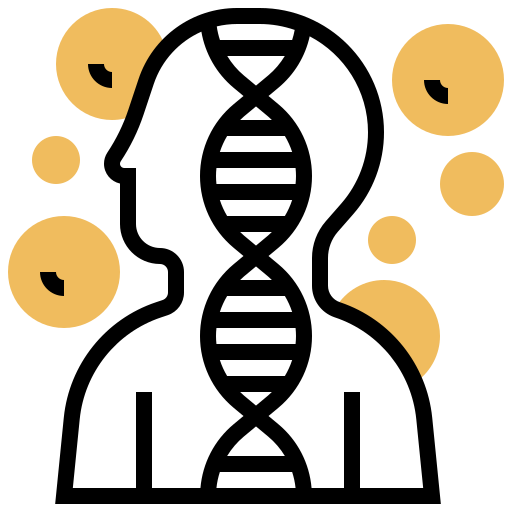An Interactive Platform for Exploring and Visualizing Large Scale Genetic Associations with Maternal and Neonatal Phenotypes
Current Genome Reference Build: GRCh38
The reproductive and neonatal developmental health of women is crucial for advancing human health and shaping future population dynamics and societal progress. However, our genetic understanding of phenotypes during these periods remains limited. The MoNN PheWeb aims to address this gap by enabling interactive exploration and visualization of extensive genetic associations with over a hundred gestational and neonatal phenotypes. The foundation of this server lies in a comprehensive database comprising non-invasive prenatal test (NIPT) sequencing data and detailed clinical records of over one hundred thousand pregnancies in Shenzhen, China.
The MoNN PheWeb offers a broad spectrum of interactive analyses and visualization tools, including inquiries into overall or regional allele frequencies for genome-wide genetic variants, genome-wide association signals, and phenome-wide association information.
Functions under development include heritability and genetic correlation, time-series changes of genetic effects for phenotypic records, polygenic risk scores, and Mendelian randomization effect estimates.

Allele Frequency
You can search for variants, genes or genomic regions from which you expect to obtain variant information, including mutations, allele frequencies, annotations, and compare frequencies with the overall population in the existing database.

Genome-wide associations
You can search for variants, genes or genomic regions from which you expect to obtain variant information, including mutations, allele frequencies, annotations, and compare frequencies with the overall population in the existing database.

Phenotype-wide associations
You can search for variants, genes or genomic regions from which you expect to obtain variant information, including mutations, allele frequencies, annotations, and compare frequencies with the overall population in the existing database.